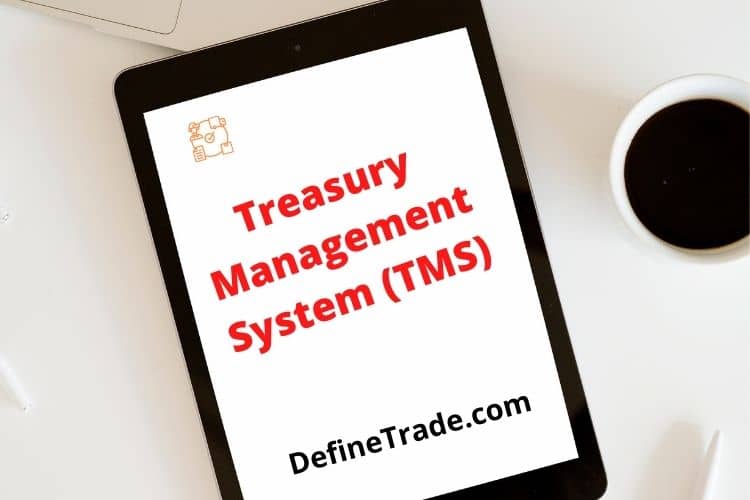Treasury Management System (TMS) Types with Process

A treasury management system (TMS) is a software application that allows businesses to manage their treasury operations. This includes tasks such as cash flow forecasting, payment processing, and investment management. A TMS can help businesses optimize their treasury operations by providing real-time insights into their financial position.
There are many different treasury management systems on the market, and businesses should select a system that meets their specific needs. A good treasury management system can save businesses time and money by automating tasks and providing accurate financial information. Every type of Business Director focuses on this part.
Benefits of Treasury management system TMS
What are the benefits of using a treasury management system?
Using a treasury management system can offer many benefits to businesses, including:
- Improved cash flow forecasting: A TMS can help businesses predict their future cash needs, which can improve decision-making and reduce the risk of financial difficulties.
- Reduced costs: A TMS can automate tasks such as payments and investment management, which can save businesses time and money.
- Better visibility into financial position: A TMS provides real-time insights into a business’s financial position, which can help businesses make better decisions about their finances.
- Increased efficiency: A TMS can help businesses optimize their treasury operations, leading to improved efficiency and productivity.

How does treasury management work?
Treasury management systems typically offer a suite of features that businesses can use to manage their treasury operations. These features may include:
- Cash flow forecasting: A TMS can help businesses predict their future cash needs, based on factors such as sales, invoices, and expenses. This information can help businesses make better decisions about their finances.
- Payment processing: A TMS can automate the payment of invoices, bills, and other financial obligations. This can save businesses time and money by reducing manual processing costs.
- Investment management: A TMS can help businesses manage their investments, including tasks such as portfolio rebalancing and performance monitoring.
- Reporting: A TMS can generate reports on a business’s treasury operations, which can be used to improve decision-making.
How much does a TMS cost?
The cost of a TMS depends on the features and functionality required by the business. Basic treasury management systems may cost as little as $500, while more sophisticated systems can cost tens of thousands of dollars. It is important to select a system that meets the specific needs of the business.
What are the risks of not using a TMS?
Businesses that do not use a treasury management system may be at risk of financial difficulties. Poor cash flow forecasting can lead to liquidity problems, while failure to pay bills on time can result in late payment fees and damage to business credit. In addition, businesses that do not have visibility into their financial position may struggle to make sound decisions about their finances.
It can help businesses improve their cash flow forecasting, reduce costs, and better manage their treasury operations. Businesses should select a system that meets their specific needs in order to maximize the benefits of treasury management.
